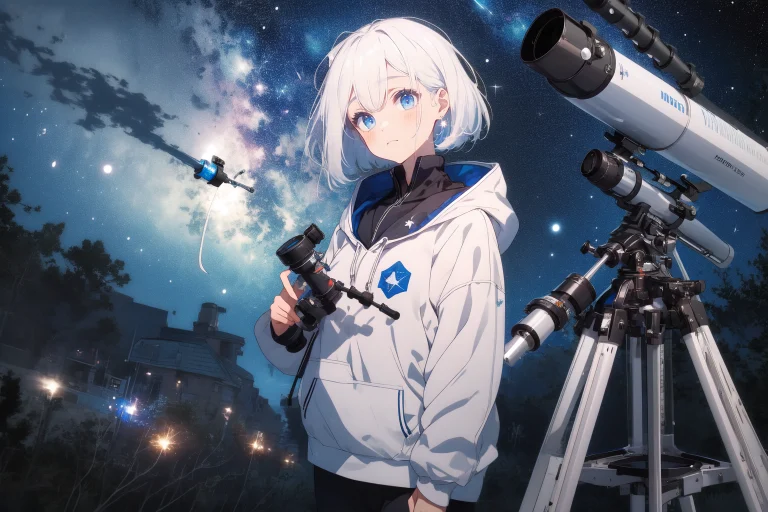Redefining Creativity with Advanced Technology
One might question whether technology can truly complement the inherently human endeavor of creativity. The answer lies in the burgeoning field of AI, where tools are not only facilitating but also amplifying creative processes. In sectors ranging from advertising to product design, AI applications are enabling professionals to break new ground.
Breaking Down the Creative Barrier
Traditionally, the creative process has been seen as a linear path from inspiration to execution. However, integrating AI into this process transforms it into a dynamic, iterative cycle. AI can analyze historical data and identify trends and patterns that might not be immediately obvious. For example, in the music industry, AI tools have been used to analyze popular trends over decades, helping artists and producers understand what elements might make their next song a hit.
Enhancing Collaboration Across Borders
AI technologies, particularly those developed by Pygmalion AI, facilitate a new level of collaboration among creatives scattered across the globe. By using AI-driven platforms, teams can work on a project simultaneously from different locations, share insights instantly, and even make real-time adjustments. This capability significantly shortens the production timeline and enhances the creative synergy among team members.

Quantifying Creativity—Is It Possible?
Some argue that creativity cannot be quantified, but AI begs to differ. By leveraging machine learning algorithms, creatives can obtain quantifiable feedback on their ideas’ potential impact. For instance, AI can predict how well a particular graphic design might perform in different markets by analyzing user engagement across similar visuals historically.
Customizing Consumer Experiences
In the realm of marketing and advertising, AI's ability to customize and personalize consumer experiences is unmatched. AI systems analyze consumer behavior and preferences to craft personalized advertising content that resonates more deeply with each individual. This not only enhances the effectiveness of marketing campaigns but also makes the creative content more relevant and engaging.
Challenges and Considerations
Despite its vast potential, using AI in creative processes isn't without challenges. The primary concern is the over-reliance on technology which might stifle human creativity. Creatives must strike a balance, using AI as a tool to enhance their innate abilities rather than replace them.
Final Thoughts
The impact of AI on creativity is profound and far-reaching. As Pygmalion ai continues to advance, its potential to enhance creative processes grows exponentially. Embracing AI tools in the creative industries does not diminish the human element; rather, it propels creativity to new heights, making the impossible possible. This is the future of creativity — augmented, amplified, and interconnected through AI.
